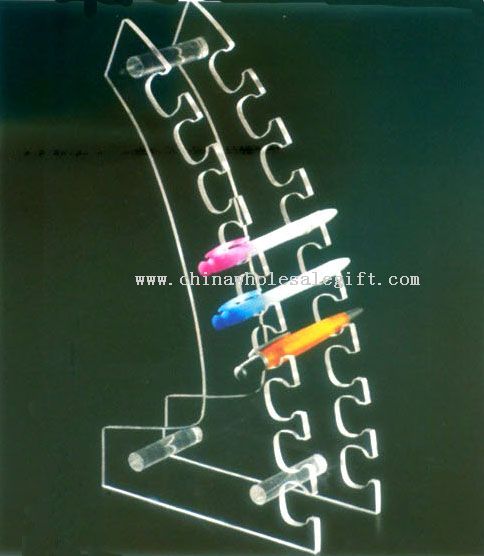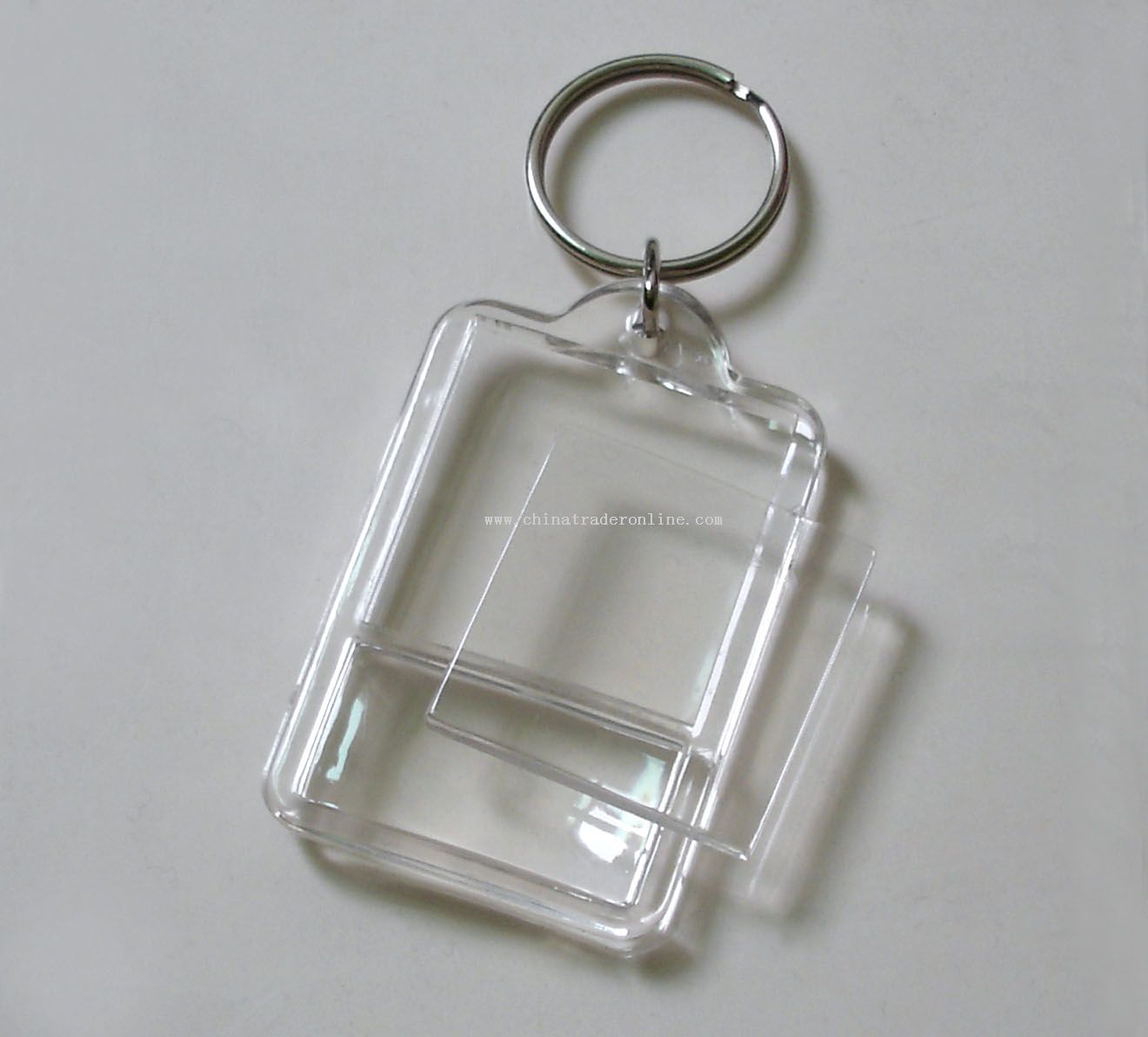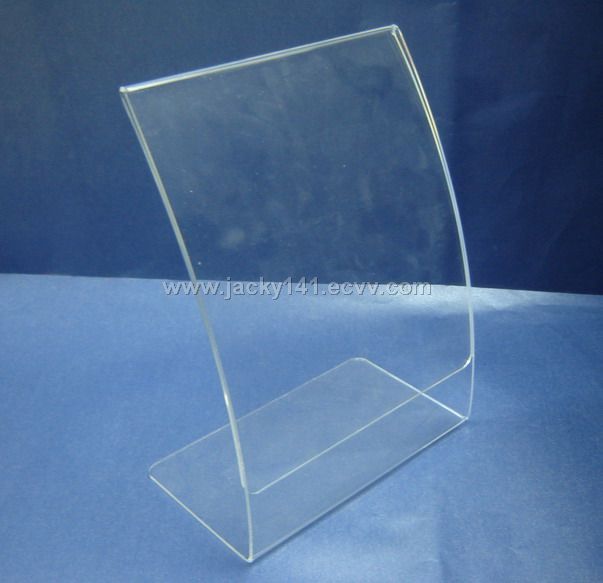Finally, the modern bikini was introduced by French engineer Louis Réard and fashion designer Jacques Heim in Paris in 1946. Réard was a car engineer but by 1946 he was running his mother's lingerie boutique near Les Folies Bergères in Paris. Heim was working on a new kind of beach costume. It comprised two pieces, the bottom large enough to cover its wearer's navel. In May 1946, he advertised the bathing suit, known as the "Atome," as the world's "smallest bathing suit". Réard named his swimsuit the "bikini", taking the name from the Bikini Atoll, one of a series of islands in the South Pacific where testing on the new atomic bomb was occurring that summer. Historians assume Reard termed his swimsuit the "bikini" because he believed its revealing style would create reactions among people similar to those created by America’s atomic bomb in Japan just one summer earlier. Réard sliced the top off the bottoms and advertised it as "smaller than the smallest swimsuit". Réard could not find a model to wear his design. He ended up hiring Micheline Bernardini, a nude dancer from the Casino de Paris. That bikini, a string bikini with a g-string back of 30 square inches (194 cm2) of cloth with newspaper type printed across, was introduced on July 5 at Piscine Molitor, a public pool in Paris. Heim's design was the first worn on the beach, but clothing was given its name by Réard.
The bikini is perhaps the most popular female beachwear around the globe, according to French fashion historian Olivier Saillard due to "the power of women, and not the power of fashion". As he explains, "The emancipation of swimwear has always been linked to the emancipation of women." By the mid 2000s, bikinis had become a $811 million business annually, according to the NPD Group, a consumer and retail information company. The bikini has boosted spin-off services like bikini waxing and the suntanning industries.
By the early 1940s two-piece swimsuits were frequent on American beaches. Hollywood stars such as Ava Gardner, Rita Hayworth and Lana Turner tried similar swimwear or beachwear. Pin ups of Hayworth and Esther Williams in the costume were widely distributed.
Predecessors of the bikini date to antiquity, in Çatalhöyük and the Greco-Roman world. Art dating from the Diocletian period (286-305 AD) in Villa Romana del Casale, Sicily depicts women in garments resembling bikinis in mosaics on the floor. The images of ten women, dubbed the "Bikini Girls", exercising in clothing that would pass as bikinis today are the most replicated mosaic among the 37 million colored tiles at the site. Archeological finds, particularly in Pompeii, show the Roman goddess Venus wearing a bikini. A statue of Venus in a bikini was found in a cupboard in the southwest corner in Casa della Venere, others were found in the front hall. A statue of Venus was recovered from the tablinum of the House of Julia Felix, and another from an atrium at the garden at Via Dell'Abbondanza.
The bikini has spawned many stylistic variations. A regular bikini is defined as a two pieces of garments that cover the groin and buttocks at the lower end and the breasts in the upper end. Some bikinis can offer a large amount of coverage, while other bikinis provide only the barest minimum. Topless variants may still be considered bikinis, although technically no longer two-piece swimsuits. Along with a variation in designs, the term bikini was followed by an often hilarious lexicon including the monokini (top part missing), seekini (transparent bikini), tankini (tank top, bikini bottom), camikini (camisole top and bikini bottom) and hikini. Since fashions of different centuries exist beside one another in early 21st century, though it is possible to imagine a woman combining a bikini and a 1910 bathing costume.
Subscribe to:
Post Comments (Atom)











No comments:
Post a Comment